Parashurama Jayanti 2025, falling on Tuesday, April 29th , is a day of profound significance in the Hindu calendar, dedicated to celebrating the birth of Bhagwan Parashurama, the sixth incarnation of Bhagwan Vishnu. This auspicious occasion marks the emergence of the fierce warrior sage who played a crucial role in restoring cosmic balance by eliminating unrighteous kings and restoring dharma. Observed during the Vaishakha month, on the Tritiya of the Shukla Paksha, Parashurama Jayanti serves as a reminder of the timeless values of justice, integrity, and divine intervention in times of moral decay. As devotees gather to honor his legacy, this day offers an opportunity to reflect on the power of righteousness in shaping a harmonious world.
Significance & Importance of Parashurama Jayanti
Parashurama Jayanti, one of the most significant festivals in Hinduism, celebrates the birth anniversary of Bhagwan Parashurama, the sixth incarnation of Bhagwan Vishnu. Observed when the Tritiya Tithi coincides with Pradosh Kaal, the day holds immense significance, as it is believed that Bhagwan Parashurama was born during this sacred period. This avatar of Vishnu emerged with the divine purpose of restoring cosmic balance by eliminating the sinful and destructive monarchs who had burdened the Earth with their corrupt and unrighteous rule. Bhagwan Parashurama’s presence was a necessary intervention, and his role in purging the Earth of evil and ensuring the preservation of dharma makes this day profoundly important for devotees.
On this auspicious occasion, many Hindus undertake sacred rituals, such as taking a holy dip in the Ganga river, which is believed to purify the soul and body. The act of bathing in the river is considered a significant religious practice, believed to wash away sins and grant spiritual blessings. In addition to this, devotees engage in worship and prayer, invoking the blessings of Bhagwan Parashurama to help them overcome challenges in life and to inspire righteousness and justice.
The significance of Parashurama Jayanti is multi-faceted. Bhagwan Parashurama, whose name translates to 'Rama with an axe,' is a symbol of the strength required to destroy evil while also embodying patience, wisdom, and determination. His incarnation, as described in the scriptures, was not only a destructive force against tyranny but also a protector of the moral and ethical order of the universe.
Parashurama Jayanti is an auspicious time for new beginnings, with many devotees choosing this day to start new ventures or undertake important life changes. It is also a time to offer charity, with food donations to Brahmins being a common and highly regarded practice on this day. This act of giving, coupled with prayer and devotion, is believed to bring lasting blessings and favor from the divine, ensuring that those who engage in good deeds on this day are blessed with prosperity and peace for eternity.
Stories of Parashurama Jayanti Festival
The celebration of Parashurama Jayanti is steeped in several fascinating stories and legends, all of which emphasize the divine purpose of Bhagwan Parashurama’s incarnation. One of the most well-known stories is that of his birth. Bhagwan Vishnu incarnated as Parashurama in response to the growing tyranny of sinful and destructive rulers who had deviated from their sacred duties. It is believed that Parashurama was born during the auspicious period of Tritiya, in the Pradosh Kaal, to the sage Jamadagni and his wife Renuka after a sacred Putreshti Yajna. Despite being born a Brahmin, Parashurama exhibited the qualities of a Kshatriya, as his father, Jamadagni, inherited the warrior traits of a Kshatriya due to a unique event before his birth. Parashurama was destined to carry out the divine mission of eliminating the corrupt rulers who were abusing their power.
In another popular story, Parashurama’s role in the Ramayana is highlighted. He is the one who gave the mighty bow of Bhagwan Shiva to King Janaka, which was used to test the suitors for the hand of Princess Sita in her Swayamvar. Only the one who could lift and string the bow would be worthy of Sita. When Bhagwan Rama successfully lifted the bow and broke it with a loud noise, Parashurama, who was nearby, heard the sound and arrived at the scene. Upon meeting Rama, he recognized his greatness, marking an important encounter between two legendary figures in Hindu mythology.
The Mahabharata also features significant episodes involving Parashurama. He was the revered teacher of great warriors like Bhishma, Dronacharya, and Karna, imparting to them his exceptional knowledge of warfare and combat. Although he trained Karna, Parashurama cursed him, ensuring that he would forget all his martial skills when he needed them the most. This curse stemmed from Parashurama’s discovery that Karna, although posing as a Brahmin, was actually a Kshatriya by birth, which angered Parashurama deeply.
One of the most intriguing stories involves Parashurama’s interaction with Bhagwan Ganesha. As a devoted follower of Bhagwan Shiva, Parashurama once traveled to Mount Kailash to meet Shiva. However, he was stopped at the entrance by Bhagwan Ganesha, who had been instructed by Shiva and Parvati not to allow anyone inside during the narration of the Rama Katha. Parashurama, undeterred, accepted the challenge of combat, and in their ensuing battle, he severed Ganesha’s left tusk. This act earned Ganesha the name “Ekadanta,” meaning the one-tusked Bhagwan.
These stories, along with many others, illustrate the multifaceted nature of Bhagwan Parashurama’s character and the divine role he played in both the preservation of cosmic order and the protection of dharma. Parashurama Jayanti thus becomes not only a celebration of his birth but also an opportunity to reflect on the values of justice, righteousness, and devotion.
Festival Date, Time, Muhurat & Tithi
Parashurama Jayanti will be observed on Tuesday, February 29th, 2025.
Key Timings for Parashurama Jayanti 2025:
-
Parashurama Jayanti Muhurat:
06:00 AM to 08:10 AM (IST)
Duration: 2 Hours 10 Minutes - Tritiya Tithi begins at 07:30 AM on April 29th (IST)
- Tritiya Tithi ends at 09:00 AM on April 30th (IST)
Note: Sunrise and sunset vary by region and date due to India's geographical diversity. For exact timings, refer to local astronomical data.
How to celebrate Parashurama Jayanti
Parashurama Jayanti is celebrated with great devotion and reverence, with various customs and rituals observed to honor Bhagwan Parashurama. Devotees typically begin the day by waking up early in the morning and performing a ritual bath, often in a holy river such as the Ganga, to purify both the body and the mind. After the bath, devotees prepare for the main worship by setting up an altar or a small shrine at home, often adorned with flowers, incense, and images or idols of Bhagwan Parashurama.
The puja (worship) usually involves chanting mantras and reciting prayers dedicated to Bhagwan Parashurama. The most common prayers include invoking Bhagwan Vishnu and Parashurama’s divine attributes such as courage, justice, and righteousness. Devotees may also offer fresh fruits, sweets, and other food items as part of the offerings. In some places, a special havan or fire ritual is performed to invoke divine blessings.
A key part of the celebration involves charity and acts of kindness. It is customary for devotees to donate food, clothes, or other items, especially to Brahmins, as a way of accumulating spiritual merit. Some also engage in community service or help the needy on this auspicious day.
In addition to religious practices, many people visit temples dedicated to Bhagwan Vishnu or Bhagwan Parashurama. They participate in the festivities, listen to discourses on the life and teachings of Parashurama, and reflect on his role in restoring dharma. Devotees often fast on this day, breaking their fast only after the evening prayers, to purify the body and mind and to seek the blessings of Bhagwan Parashurama.
Overall, Parashurama Jayanti is a day of worship, reflection, and charitable acts, with a focus on the qualities of justice, courage, and righteousness that Bhagwan Parashurama embodied.
Parashurama Jayanti Puja Vidhi (Puja Procedure)
- Early Morning Bath : Begin the day by taking an early bath, preferably in a holy river, to purify the body and mind.
- Clean the Puja Area : Clean the puja space or altar where you will perform the rituals, ensuring it is free of any impurities.
- Set Up the Altar : Place an idol or picture of Bhagwan Parashurama along with offerings such as flowers, incense, fruits, and sweets.
- Light the Lamp : Light a lamp (diya) or incense sticks in front of the idol to create a sacred atmosphere.
- Offer Fresh Flowers : Offer fresh flowers to Bhagwan Parashurama, symbolizing purity and devotion.
- Recite Mantras and Prayers : Chant the mantras dedicated to Bhagwan Vishnu and Parashurama, such as 'Om Parashuramaaya Namah,' focusing on invoking his blessings for courage and righteousness.
- Offer Fruits and Sweets : Present fruits and sweets as offerings, which are later distributed among the family or devotees present.
- Perform Havan (if applicable) : Some devotees perform a havan (fire ritual) by offering ghee, wood, and grains into the sacred fire while chanting prayers.
- Charity and Donations : Donate food, clothes, or money to Brahmins, temples, or the needy, in line with the tradition of performing good deeds on this day.
- Conclude with Aarti : Conclude the puja by performing aarti (waving of a lit lamp) in front of the idol and offering a final prayer for blessings of prosperity, justice, and protection from evil.
Parashurama Jayanti Puja Mantra
The main mantra for Parashurama Jayanti Puja is:
'ॐ परशुरामाय नमः'
Om Parashuramaaya Namah
This mantra is dedicated to Bhagwan Parashurama and is recited to invoke his blessings for courage, justice, and protection. It helps in seeking his divine grace and strength to overcome challenges in life.
Parashurama Gayatri Mantra
ॐ ब्रह्मक्षत्राय विद्महे क्षवत्रयान्ताय धीमवह तन्नो परशुराम: प्रचोदयात्॥
Om Brahmashtraya Vidmahe Khatriantaya Deemahi Tanno Prashuram Prachodayat ||
Chant the gayatri mantra 108 times facing east or north east.
Parashurama Jayanti Vrat Vidhi (Fasting Procedure)
On Parashurama Jayanti, fasting is an important spiritual practice followed by many devotees to purify the body and mind, and to seek the blessings of Bhagwan Parashurama. The fast typically begins at dawn, with devotees waking up early to perform their morning rituals, including a bath and purification of the body.
Once clean, the devotee should set their intention for the fast, seeking blessings from Bhagwan Parashurama for strength, righteousness, and the removal of obstacles. The fast can be partial or complete, depending on individual practices and health. Some devotees choose to abstain from all food, while others may consume only fruits, water, and light foods like milk or yogurt during the day. It is essential to stay away from grains, salt, and heavy foods during the fast.
During the fasting day, devotees focus on prayer and meditation, reciting mantras like 'Om Parashuramaaya Namah' and other prayers dedicated to Bhagwan Vishnu and Bhagwan Parashurama. The day is spent in spiritual reflection, avoiding unnecessary distractions.
In the evening, once the puja is completed, the fast is broken with simple offerings such as fruits, coconut, and sweets, and often a light meal is prepared to end the fast. After breaking the fast, devotees engage in acts of charity, such as donating food to the needy or to Brahmins, as it is believed to increase the merit of the fast. The fasting procedure concludes with gratitude and a prayer for divine blessings.
Parashurama Jayanti Vrat Katha (Traditional Fasting Story)
Parashurama Jayanti Vrat Katha is rooted in the ancient belief that fasting on this auspicious day helps devotees seek divine blessings from Bhagwan Parashurama for strength, courage, and the removal of obstacles. The story recounts the significance of fasting and the divine rewards it bestows.
According to the legend, Bhagwan Parashurama was born to the sage Jamadagni and his wife Renuka after performing a sacred yajna. Known for his valor and righteous nature, Parashurama was deeply devoted to Bhagwan Vishnu. It is believed that by observing a fast on Parashurama Jayanti, one can invoke the blessings of the Bhagwan to eliminate negative energies, sinful tendencies, and ensure success in righteous endeavors.
The Vrat Katha often narrates the tale of Parashurama’s intense penance and devotion to Bhagwan Shiva, which earned him the divine weapon, the axe (Parashu). With this axe, he eradicated the corrupt and unrighteous rulers who had been causing suffering on Earth. His actions were guided by a sense of justice and duty, and the fasting on Parashurama Jayanti is said to connect the devotees with these divine qualities.
In some versions of the story, it is said that by observing the Parashurama Jayanti fast and performing the associated puja with sincerity and devotion, the devotee can receive blessings from Bhagwan Parashurama, including relief from physical and mental hardships, success in righteous pursuits, and a life filled with peace and prosperity. The fast is particularly powerful when undertaken with the intention of seeking divine protection and the removal of all obstacles in one’s spiritual or material journey.
The story of Parashurama’s fast, penance, and devotion serves as an inspiration for the faithful, encouraging them to observe the fast with discipline and devotion, thereby gaining divine favor and attaining spiritual progress.
Puja Utensils, Essentials
Rudra Centre brings an extensive collection of Puja Articles which caters to all that is required for daily and special Puja Vidhis. We offer variants of designs and sizes in each category. The list includes handcrafted Puja Mandirs, Puja Pedestals, offering Bowls, Panchpatra, intricately carved Puja Thalis, Abhishek Vessels, in different materials, Pure Silver/German Silver articles like Kalash, set of Shodash Upachara and Several other Puja Articles, which we deliver at your doorstep.
Parshuram Shaligram Shila - 94 gms
The Parshuram Shaligram Shila is a sacred representation of Bhagwan Parshuram, the sixth avatar of Bhagwan Vishnu, known for his valour, righteousness, and unwavering devotion to dharma. The Shila’s distinct shape, with its curved edges and ridged design, closely resembles the axe (Parshu) that Bhagwan Parshuram wielded as a symbol of justice and strength. The resemblance to the axe signifies divine protection and the ability to overcome challenges with courage and determination.
Bhagwan Vishnu Vishwaroopam Brass Statue
Vishnu manifests a portion of himself anytime he is needed to fight evil, and his appearances are innumerable but in practice, ten incarnations of Vishnu are most commonly recognized. He also has a very important avatar, comes out with 15 head in a magnificent way known as Virat Vishnu. The 'Viraat' roop of Vishnu was shown to Arjuna in Mahabharat which is the combined form of all Gods and their powers. Worshipping Vishnu in this form guides a person towards his real Karma when he gets diverted in life.
Siddh Meru Vishnu Yantra
This powerful Yantra is magnificently crafted in elevated three dimensional form in pure copper with antique finish. This Yantra is designed as per authentic texts with accurate geometry of steps in shape of 12 petal lotus followed by circle and again a lotus with 8 petals and circle followed by two reversed triangles forming a star and ultimately leading to focal point for the convergence of the individual soul with creative energy of Bhagwan Vishnu.
Conclusion
Parashurama Jayanti is a divine reminder of the triumph of righteousness over injustice, of discipline over recklessness, and of unwavering devotion over worldly distractions. This sacred day invokes the powerful presence of Bhagwan Parashurama, the warrior sage who upheld dharma with unshakable determination. As devotees observe this auspicious occasion through fasting, prayer, and acts of charity, they align themselves with the timeless virtues of courage, wisdom, and selfless duty.
The stories of Parashurama's valor and devotion inspire us to cultivate inner strength, face adversities with resilience, and remain steadfast in our principles. His legacy teaches that righteousness is not merely an ideal but a way of life—one that demands both spiritual discipline and moral responsibility. By honoring Bhagwan Parashurama with sincerity, we seek his divine blessings to remove obstacles, foster inner peace, and lead a life dedicated to justice and truth.

-in-Astrology.jpg)
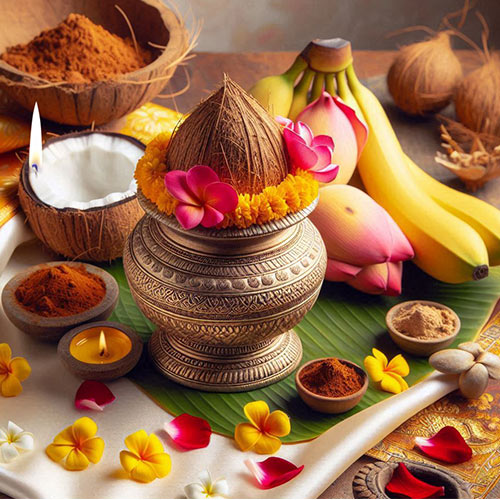
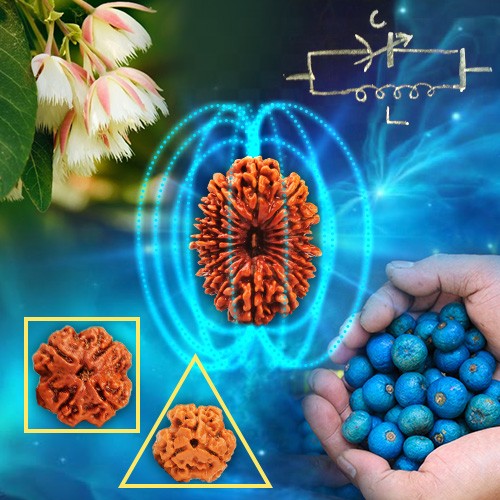
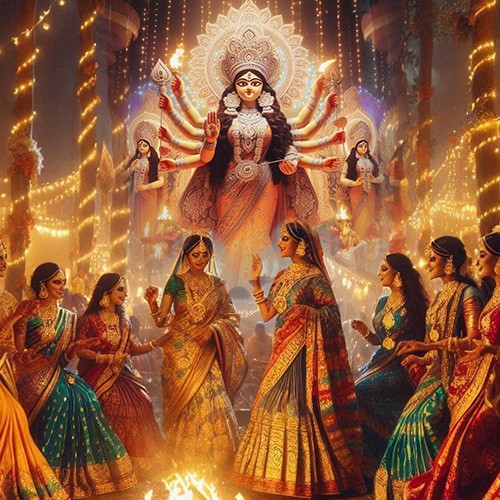

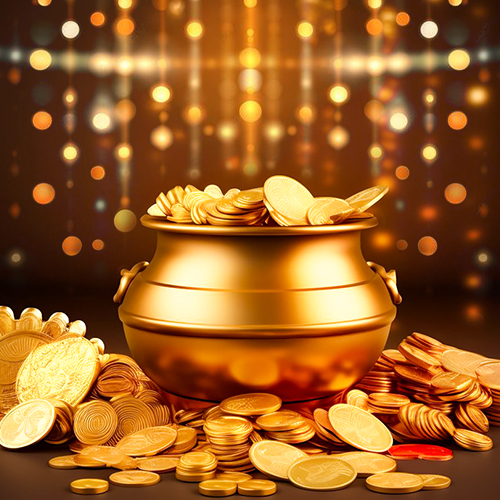
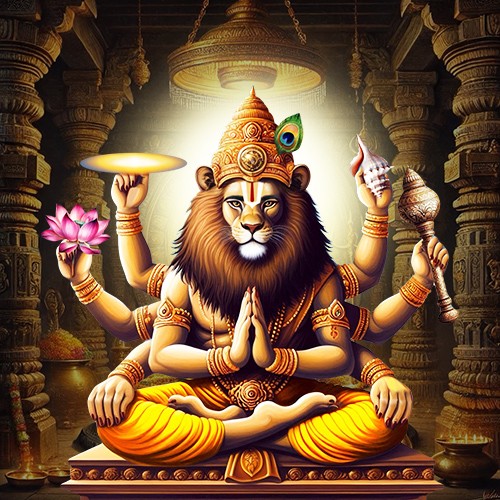
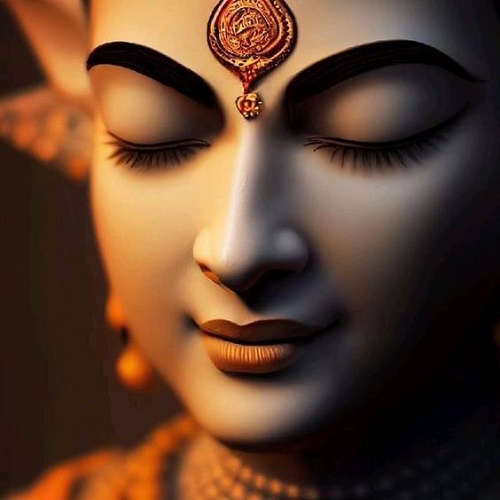
.jpg)
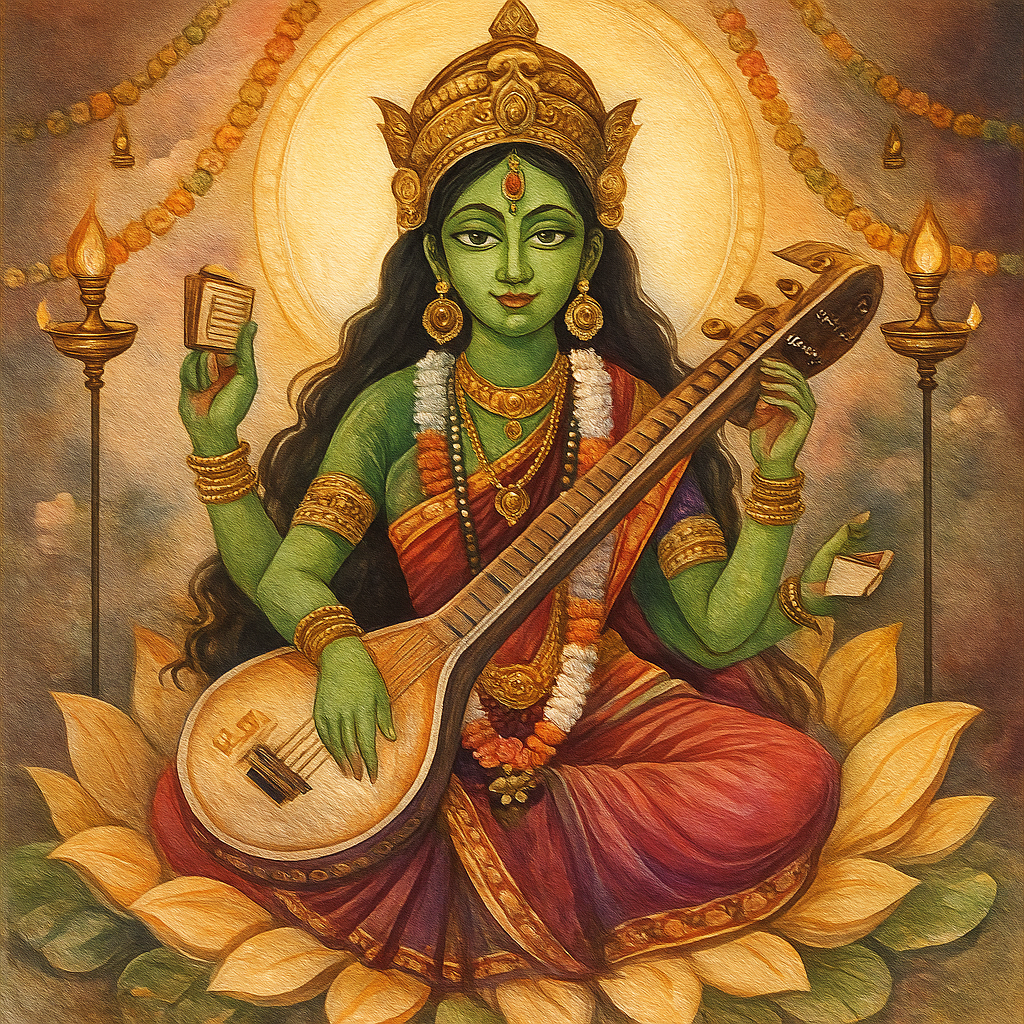
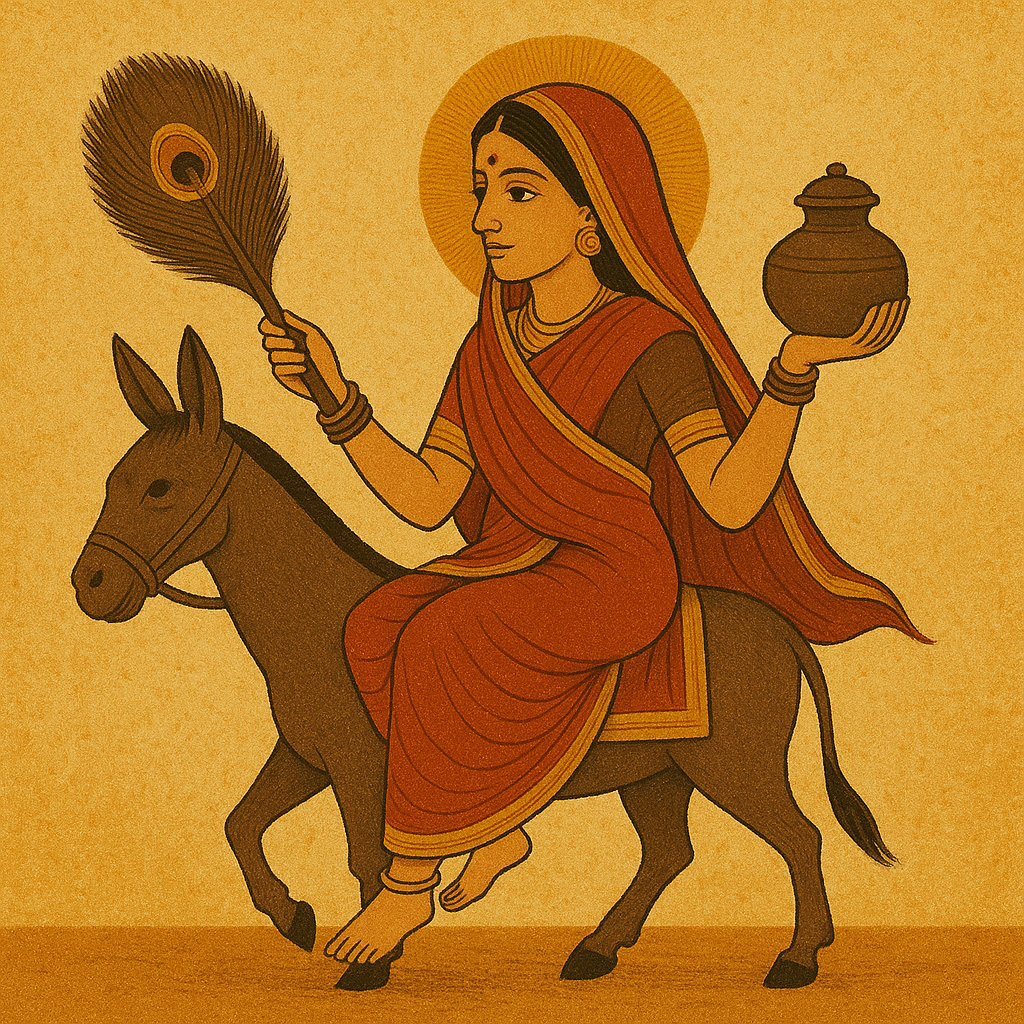
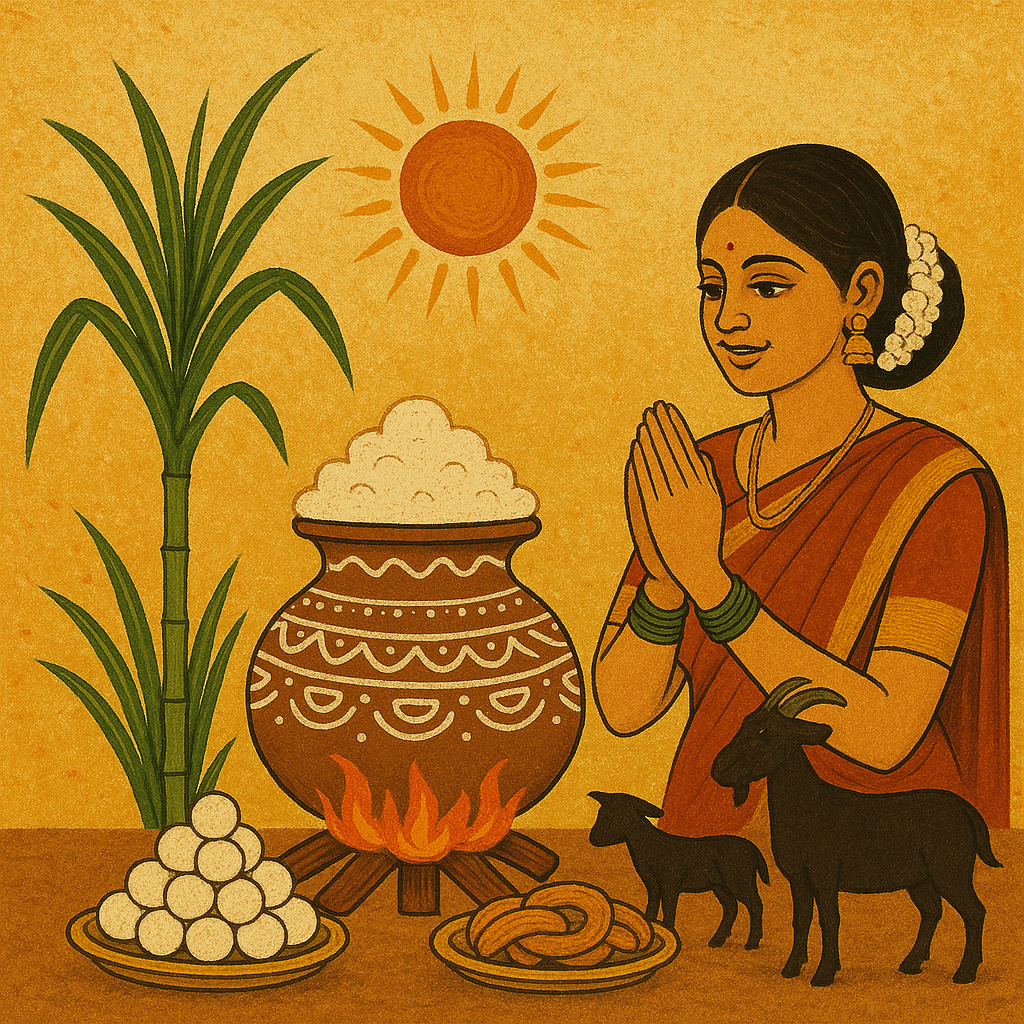
Comments 0
Leave your thought here